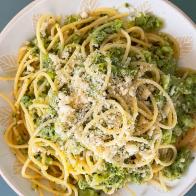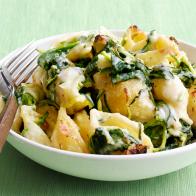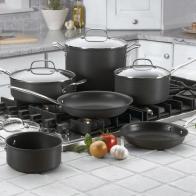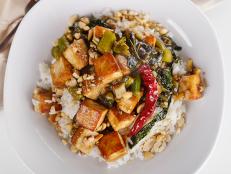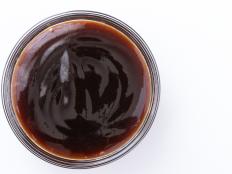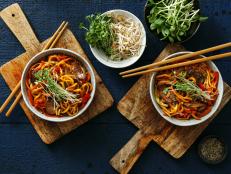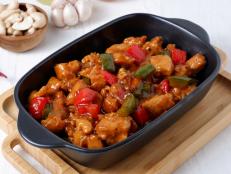Here’s Why You Shouldn’t Be Pressing Your Tofu
Next time, save yourself 20 minutes. An expert in Chinese cuisine explains why.

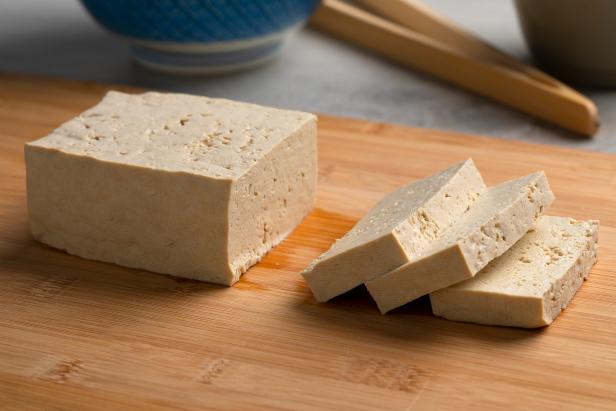
PicturePartners/Getty Images
Contrary to popular belief, pressing tofu really isn’t necessary at all. In fact, it’s better not to press it. Needless to say, soft tofu should never be pressed because it has the texture of a custard and will likely disintegrate if you put too much weight on it. It’s important to be gentle with a soft tofu dish (like mapo tofu or sundubu jjigae) or else you’ll just get curds. And if tofu is vacuumed packed or firm already, you definitely don’t need to press it. Here’s why: moisture in tofu is a good thing. Tofu is over 80% water, and that moisture is what makes it such a succulent, juicy source of protein. Pressing it can make the tofu unnecessarily dry and strip it of its intended texture.
The only instance in which pressing could possibly be helpful? If your recipe calls for extra firm tofu and you only have medium-firm on hand. In this instance, pressing medium-firm tofu will transform it into extra-firm tofu.
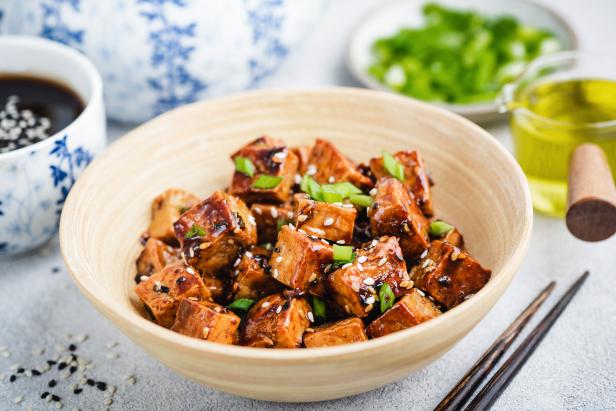
Arx0nt/Getty Images
Better Alternatives to Pressing
Of course, working with a dripping wet piece of tofu when you’re trying to achieve a crisp exterior or a nice balanced stir-fry is difficult. For most preparations, the key is to just get the outside dry. When the outside is dry and the inside is still moist, it creates a delightful contrast of textures. The finished tofu will be both crunchy yet soft.
Blot it dry: Say you’re making a tofu stir-fry with medium firm or firm blocks of tofu and want to sear it for a crisp crust. Get the oil in your wok or skillet really hot, cut the tofu into pieces and blot the pieces dry on all sides with a paper towel right before adding it into the oil. Turn the tofu over carefully with a spatula. Once all the sides are crispy, add in your sauces and aromatics. Flip carefully so that you don’t break the tofu.
Coat it: If you’re deep-frying tofu, blotting it might not be good enough. Too much moisture will cause the oil to splutter and fly around. A foolproof way to keep tofu dry is to coat it in flour or starch before plunging it into a deep-fryer or air-fryer. This works for any type of tofu.
Freeze It: If you’re craving something a bit more firm all-around and aren’t into having a soft and creamy interior, try freezing a whole block of tofu. When it’s thawed, the finished tofu has a spongy porous texture that soaks up moisture.
Buy Extra Firm: For grilling or baking, just buy extra firm tofu. Extra firm tofu is tofu that has already been pressed so that it’s dense and packed together. You can blot it dry or just leave it out to drain on a layer of paper towels before using. Pressing it again isn’t necessary at all.
Related Links:
